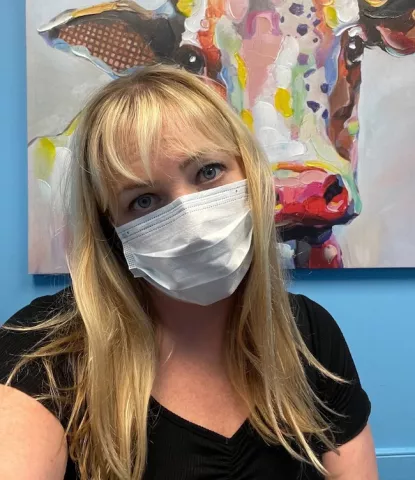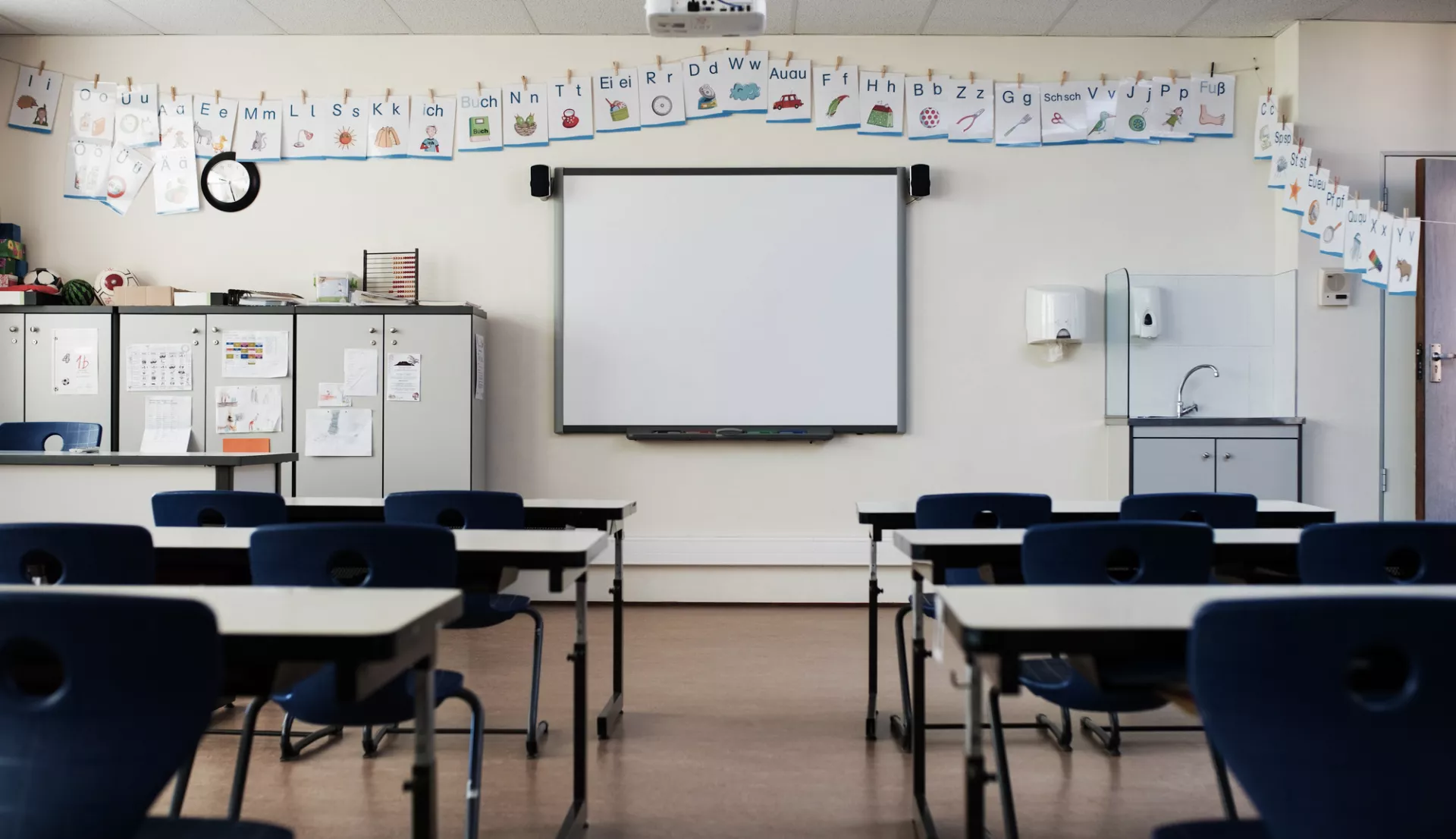Some schools around the country are closing as flu, RSV, and an uptick in COVID infections spread on already short-staffed campuses, raising questions about how adequate staffing levels can be maintained this winter.
The Follett Independent School District in Texas announced it would be closed the week of Thanksgiving due to an outbreak of flu.
“This closure will provide a full week for students who are ill to fully recover during the Thanksgiving holiday and will hopefully interrupt the viral transmission cycle,” a district statement explained. “It will also allow the staff to thoroughly clean the school.”
IN November, staff illnesses and a shortage of substitute teachers closed schools in several states, as other campuses struggled to manage.
In Hamilton County, Tennessee, almost half of substitute positions are unfilled for teachers who are out sick.
"Certainly, we're doing what we can to try and hold on to the teachers that we have," Tiffanie Robinson, chairwoman of the school board, told Chattanooga’s Local News Channel 3.
Some teachers are covering two classes at once, while others fill in during planning periods.
Kathryn Vaughn is an art teacher in rural Covington, Tennessee. She brought home RSV, a highly contagious respiratory virus, from school and was out for a few days, but as soon as she was well she went back to help out.

“At least five to eight staff members are out on a given day,” Vaughn says. “That’s a lot for a small, rural school, and the numbers are ticking upward. In neighboring districts they’ve closed schools because of illness, and this is a state that does not like to close schools.”
Educators who get sick are going back as soon as possible, even when they could benefit from more rest, to make sure their students don’t miss instructional time. But others have to take off because their own children are sick, Vaughn says.
“We’re seeing three crises combining into one big problem,” she says. “School staffing shortages, illness transmission, and a lack of child care options.”
It’s a vicious cycle that can’t be resolved without addressing all three concerns.
In Vaughn’s district, the majority of educators hold at least two jobs. In addition to teaching all day, she herself has worked evenings as a freelance writer for the local paper, as a community art teacher, at a car wash, even as a hand model. She now leads an after school STEM program.
“I only see my baby in the daylight on weekends,” she says.
Without a pay increase, the educator shortage is likely to continue or worsen.
“It took me ten years to break $50,000,” Vaughn says. “We are surrounded by suburban districts who pay more so we’re bleeding staff.”
As many Americans travel to visit family and friends over the holiday break, there is concern that more illness outbreaks will occur in the new year. To prevent more school closures and student and staff illness, health officials are urging everyone to get updated on all vaccinations. Less than 10 percent of the U.S. population has gotten the latest COVID-19 booster.
“The most important thing every American can do to reduce their likelihood of having significant, preventable health issues in the next three to six months is to go get an updated Covid vaccine,” said White House Covid-19 Response Coordinator Dr. Ashish Jha.


